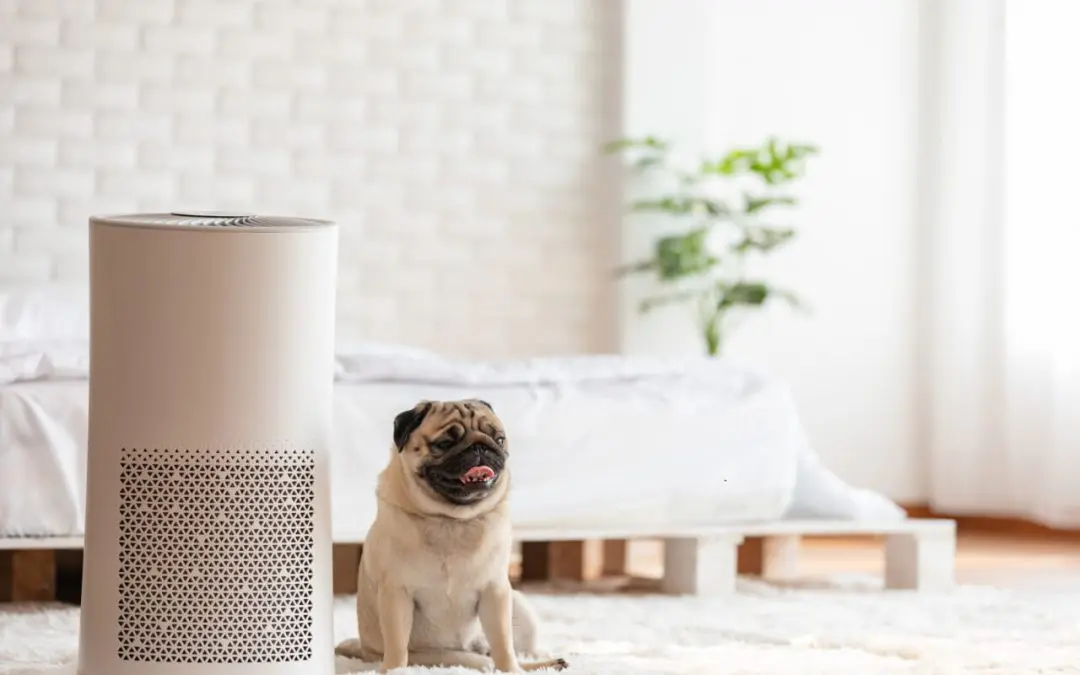Allergies can make life miserable, especially when the triggers are hiding inside your own home. Dust, pet dander, mold, pollen, and even cleaning products can stir up symptoms that leave you sneezing, itching, or struggling to breathe. With a few practical tips for allergy-proofing your home, you can make your home a place where you feel better, not worse.
Start Allergy-Proofing Your Home with Your Floors
Carpet might feel soft and cozy, but it’s a magnet for allergens. Dust mites, pet hair, and pollen settle deep into the fibers and stick around no matter how often you vacuum. If you’re serious about cutting down on allergens, consider switching to hardwood, tile, or laminate. These are much easier to clean and don’t trap allergens the way carpet does. If removing carpet isn’t an option, vacuum at least twice a week with a vacuum that has a HEPA filter, and steam clean regularly.
Pay Attention to Air Quality
Indoor air quality plays a huge role in allergy control. Start by changing your HVAC filters regularly—every one to three months, depending on use and filter type. Go with a high-efficiency filter if allergies are a problem. If your home has central air, have the system serviced once a year to keep it running efficiently and cleanly. You might also want to use a portable air purifier in bedrooms or rooms where you spend the most time.
Keep windows closed during high pollen seasons, especially in the morning when pollen counts are highest. If you like to bring in fresh air, check local pollen levels first.
Cut Down on Dust Collectors
Clutter makes space feel cramped and gives dust a place to settle. Bookshelves, knick-knacks, throw pillows, and heavy curtains can trap allergens. Try to keep things minimal and clean surfaces often with a damp cloth to avoid stirring up dust into the air. Wash bedding weekly in hot water and use dust-mite-proof covers on pillows and mattresses.
Keep Pets Clean and Out of Bedrooms
Pet dander is one of the most common allergy triggers, and it’s tough because it sticks to everything—furniture, clothes, even walls. Bathing and brushing pets regularly can help, but it won’t eliminate dander completely. Try to keep pets out of the bedroom and off furniture to limit exposure, especially if someone in the home has a known allergy.
Watch for Moisture and Mold
Mold thrives in damp places like bathrooms, basements, and under sinks. Use exhaust fans when showering and fix any leaks as soon as you spot them. A dehumidifier can help keep moisture levels in check, especially in areas prone to dampness. If you see mold growing, clean it up right away with a solution designed to kill mold, or bring in a pro if it’s widespread.
Stay Consistent When Allergy-Proofing Your Home
Allergy-proofing isn’t a one-time project. You have to stay on top of it, but the payoff is worth it. When your home becomes a low-allergen zone, you’ll feel the difference—less sneezing, better sleep, and more energy. It’s about creating a space that supports your health and gives you one less thing to worry about.
Prudent Home Inspections offers home inspections in the DC metro area. Contact us to schedule an appointment.
